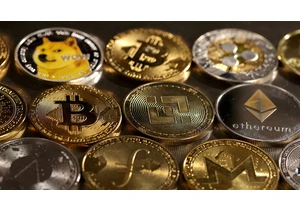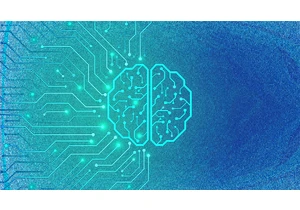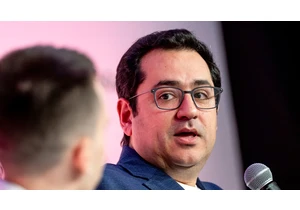In the summer of 2021, researchers from the nonprofit 5 Gyres carried a crate filled with samples of plastic trash to a dock in Long Beach, California. Inside mesh bags were 22 different items (from straws and bottles to pens, tampon applicators, and baby wipes) made from different types of bioplastic, standard fossil-fuel-based plastic, and natural materials like bamboo and paper.
They lowered the crate into the water, weighed it down with bricks on the ocean floor, and came back repeatedly over more than a year to measure exactly how each item was breaking down—or not.

You might think that a bioplastic fork should break down quickly, but in reality, that’s not necessarily the case. “What we’re trying to provide is truth in advertising around what happens to these materials when they get into the environment,” says Lisa Erdle, director of science and innovation at the 5 Gyres Institute, which just released a new report about the research.
The team ran the same experiment over 64 weeks in multiple other environments: ocean water in Florida and in Maine, the desert, the Everglades, and a temperate forest. The environment matters—the bioplastic materials all broke down faster when it was hotter and when there were more microbes present. In Florida, a bioplastic straw won’t last as long as it does in Maine.

A straw made from PHA, one type of bioplastic that’s touted for its ability to biodegrade, broke down as quickly as paper or bamboo in the ocean. But on land, where it was buried under soil or sand, it only started to show early signs of breaking down at the end of the study, after 64 weeks. A PHA bottle broke down slowly both in the ocean and on land. In Maine’s cold water, it stayed almost fully intact for the entire study.

The type of bioplastic can make a difference. A thin plastic film made from PLA, a material often made from corn, broke down more slowly than the same material made from PHA. The thickness of the material also matters, and forks and bottlecaps broke down more slowly than straws. A fork might last for months before it begins to break into fragments in the ocean, and even longer on land (the same is true for a fork made from a natural material like bamboo).
Some of the findings might inspire better product design, says Erdle. Designers can choose to make materials thinner. It also helps to avoid blended materials; in the study, a bioplastic bag mixed with a metallic layer barely broke down. And if a bioplastic material is designed with more holes, or a honeycomb structure, “there’s more surface area that microbes can access, and things can break down in a shorter time frame,” she says.

But the slow overall pace of degradation also makes a larger point: Single-use plastic is still a problem even when it’s designed to break down. “Regardless of the material, there’s always going to be an environmental cost,” Erdle says. Ultimately, for something like packaging, it makes more sense to focus on moving to reusable systems.
Still, Erdle says that there are certain cases where bioplastic might be useful now. Fishing nets, for example, could potentially biodegrade before harming whales and other marine life. And when plastic can’t be easily replaced now, but has a useful function—like the thin plastic wrap around cheese or meat that helps it last longer in the store, preventing food waste—a bioplastic option could make sense.
Bioplastic can shrink the carbon footprint of packaging or other plastic items, especially if it’s made from something like food waste. In the study, it clearly broke down more easily than fossil-based plastic, which stayed completely intact—and with more than 14 million tons of plastic waste ending up in the ocean each year, switching materials would make a difference. But if fragments of a biodegradable material can last for more than a year in nature, any brand that uses it needs to be very careful about making any claims about solving the problem of plastic pollution.
Connectez-vous pour ajouter un commentaire
Autres messages de ce groupe

Even if you’re a regular Alexa user, there’s a good chance you haven’t discovered some of its most efficient features.
Actually, strike that: There’s a good chance you’

The Fast Company Impact Council is a private membership community of influential leaders, experts, executives, and entrepreneurs who share their insights with our audience. Members pay annual

Cryptocurrency exchange Bybit said last week hackers had stolen digital tokens worth around $1.5 billion, in what researchers called the biggest crypto heist of all time.
Bybit CEO Ben Z


Anthropic released on Monday its Claude 3.7 Sonnet model, which it says returns results faster and can show the user the “chain of thought” it follows to reach an answer. This latest model also po

This morning, Apple announced its largest spend commitment to da

